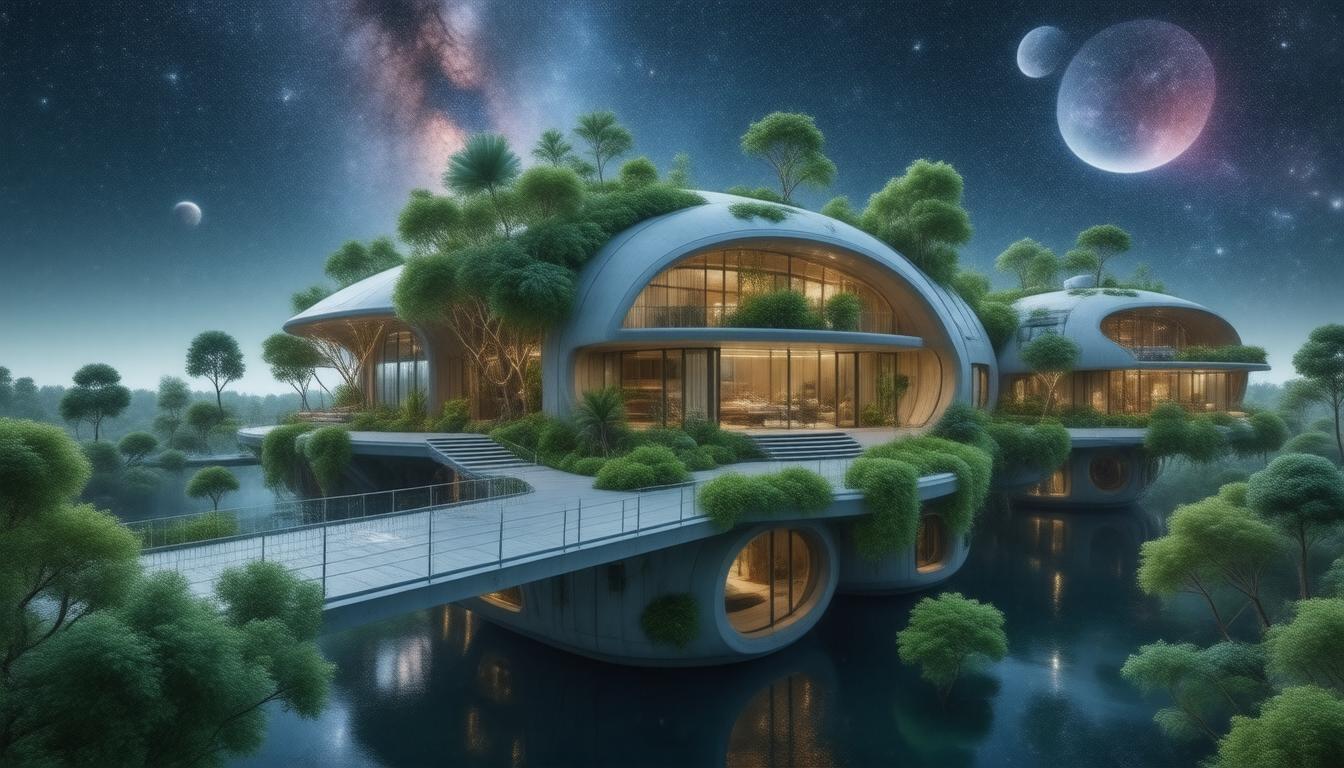As humanity ventures into the cosmos with a vision for long-term habitation, the design of space habitats has emerged as a critical area of exploration. These habitats serve as human living environments beyond our home planet, requiring innovative solutions to overcome unique challenges presented by the harsh conditions of space. In this article, we will examine the fundamental aspects of space habitat design and explore creative approaches to building sustainable living environments in outer space.
Understanding Space Habitats
Space habitats, as defined in contemporary exploration, are structures designed for human habitation in space. They encompass a range of environments, including space stations and future lunar or Martian bases. The design principles must accommodate factors such as microgravity, radiation, and vacuum conditions, which pose significant challenges to human health and comfort.
Key Challenges in Space Habitat Design
Designing a functional space habitat involves addressing four primary challenges:
-
Artificial Gravity: Humans have evolved in Earth’s gravitational field, necessitating artificial gravity for long-term health. This can be simulated through rotating habitats, creating centrifugal force that mimics gravity.
-
Radiation Protection: The absence of Earth’s atmosphere exposes astronauts to harmful cosmic radiation. Effective shielding, such as using thick walls of adequate mass, is essential to protect inhabitants from radiation-related health risks.
-
Light Accessibility: Natural light is vital for both inhabitants and plant life within these habitats. Designing systems that effectively channel solar energy while accounting for radiation shielding is crucial for sustainable living.
-
Temperature Regulation: Despite the cold of outer space, habitats generate heat internally. A robust thermal management system must be implemented to maintain comfortable living conditions without triggering overheating.
Design Approaches for Space Habitats
Given the need to address these challenges, various architectural designs have been proposed, each with distinct advantages.
Sphere, Cylinder, and Torus Designs
Three primary shapes have emerged as potential frameworks for space habitats:
-
Sphere: A sphere offers maximum internal volume with minimal surface area, making it material-efficient. However, the slope of the interior can create uneven gravitational effects, which may be disadvantageous for habitability.
-
Cylinder: Providing a uniform radius, the cylindrical shape can create a consistent gravitational field across its interior while allowing for well-defined living spaces. However, it requires a sturdier structure to withstand the stresses of rotation.
-
Torus: This shape allows for extensive living areas while minimizing the need for radiation shielding on all sides. A torus design can facilitate sunlight distribution while also optimizing internal space utilization.
Innovative Material Use and Construction Techniques
Advancements in materials science are crucial to the development of space habitats. Lightweight, durable, and insulating materials can help navigate the challenges of construction in space, particularly where resources are limited. Techniques like origami and kirigami can be explored to create adaptable structures that can be compact during transport and expanded once in space.
Future Visions: Moon and Mars Colonization
While the primary focus may be on the Moon in the immediate future due to its proximity and relative accessibility, planning for Mars habitation is similarly essential. Proposals for modular, sustainable units that can function independently or integrate into larger settlements could provide scalability and resilience to human life on Mars.
As we transition from theoretical designs to practical applications, the concept of space architecture must expand to include multidisciplinary collaboration, integrating insights from engineering, biology, and environmental science.
Conclusion
The quest to create sustainable living environments in space is both a challenge and an opportunity for innovation. As we continue to explore the universe, the designs we implement for space habitats will play a pivotal role in determining the viability of human life beyond Earth. By addressing fundamental challenges through creative architectural solutions and materials science, we can pave the way for a new era of extraterrestrial living, pushing the boundaries of what is possible for humanity in the cosmos.
Join Alpha Centi and give a unique boost to your career and professional profile today! [color=rgb(4, 53, 157)]https://alphacenti.org/join/[/color]


